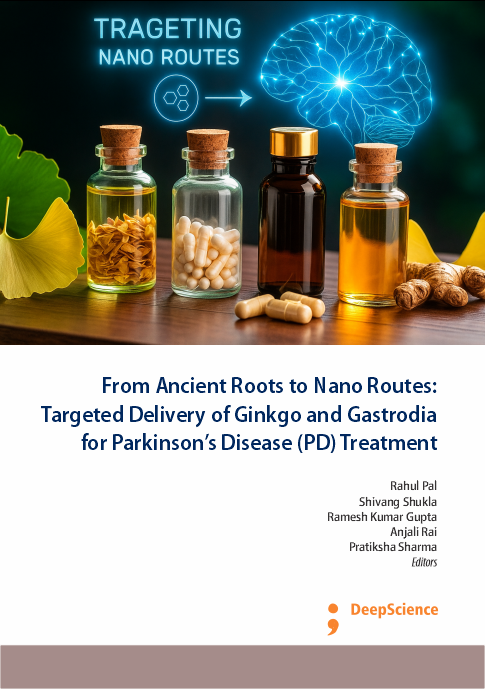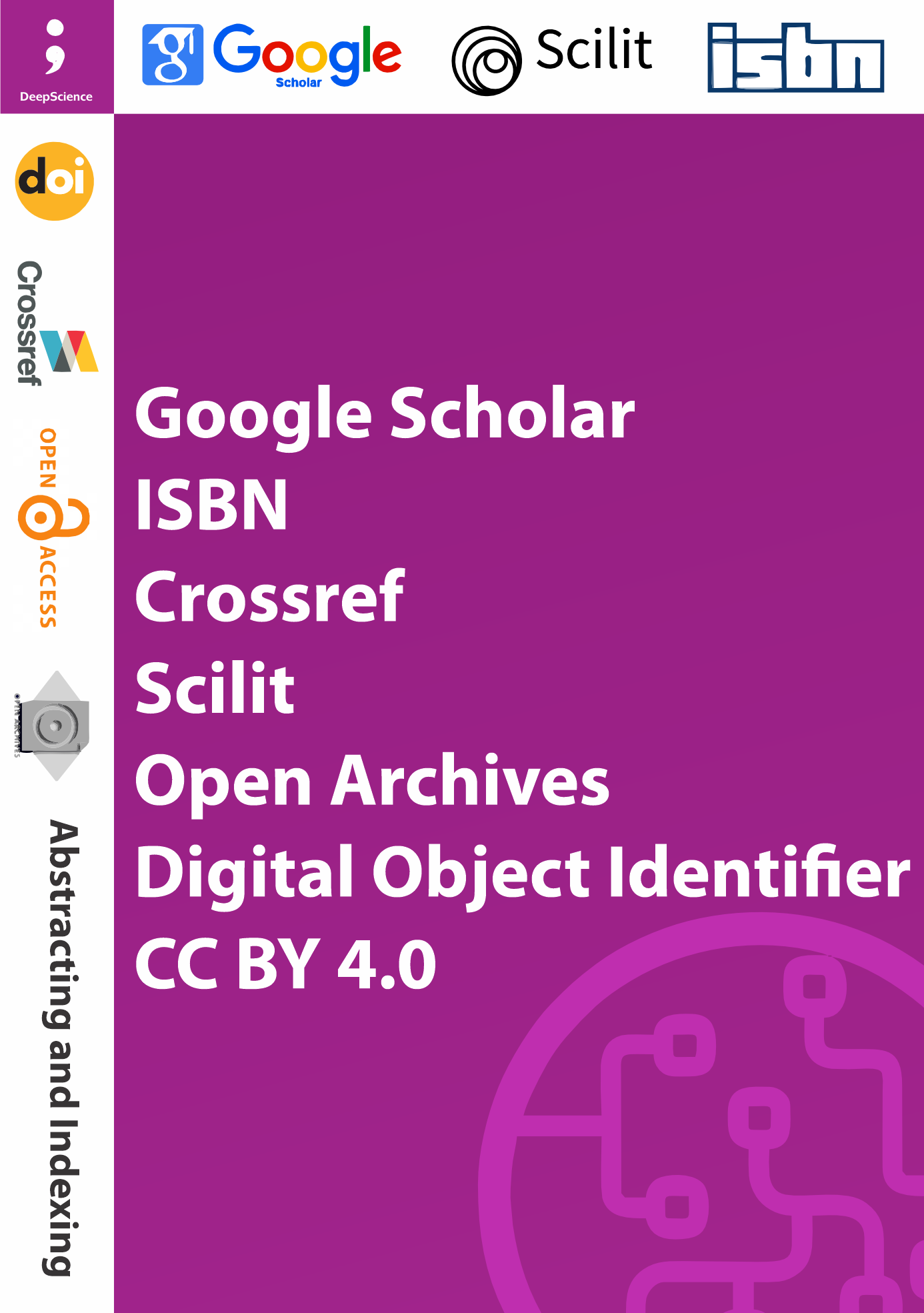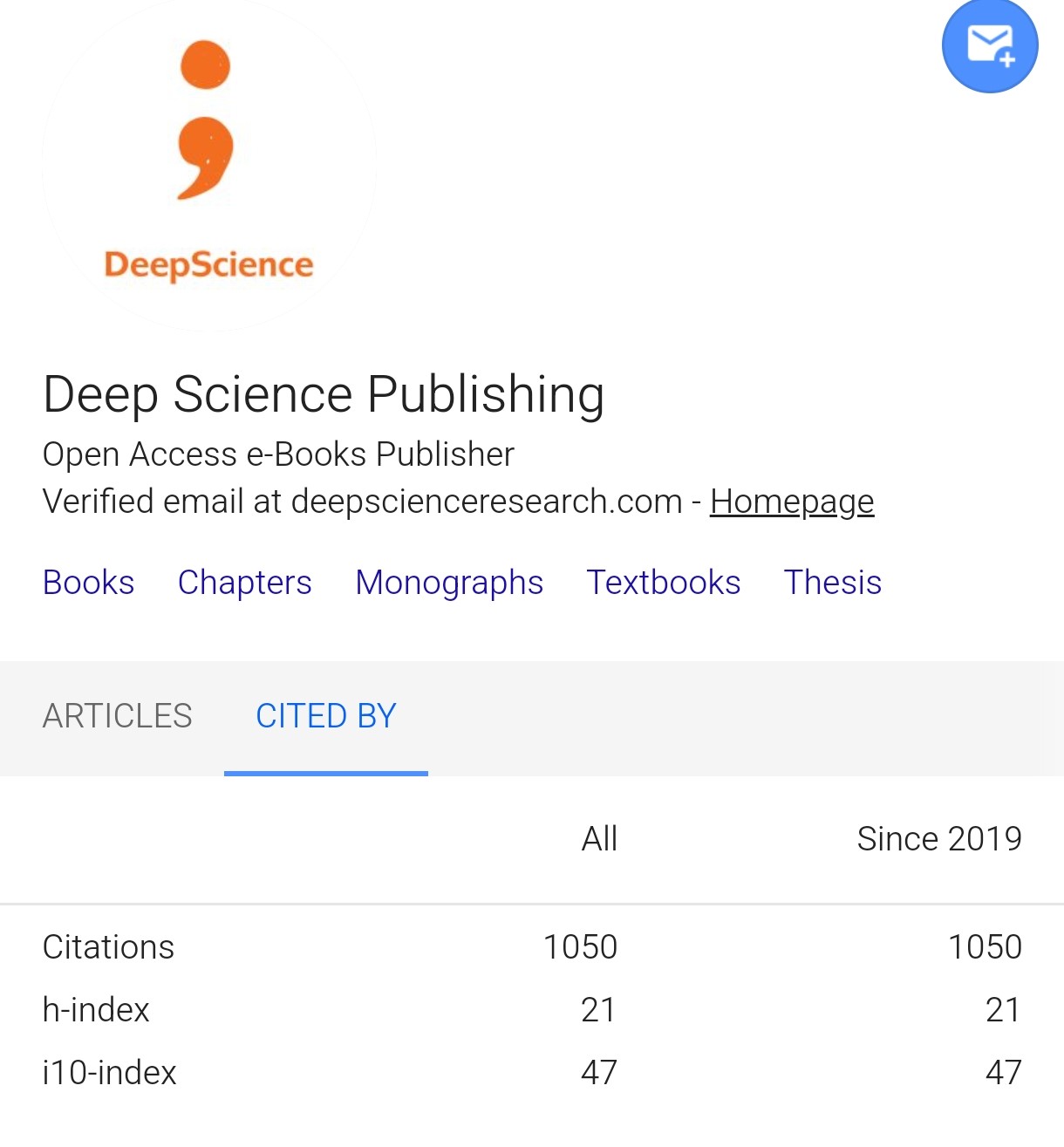Mechanism of action of PD: Antioxidant, Anti-inflammatory and Neurorestorative pathways
Synopsis
Parkinson disease (PD) is a degenerative brain condition that is characterized by the loss of dopaminergic neurons in the substantia nigra portion of the brain and is majorly associated with motor symptoms of this disease that include tremors, rigidity, and bradkinetic movements. Mechanisms that have been known to be involved in the pathogenesis of PD include an intricate network comprising oxidative stress, neuroinflammation, and the weakening of neurorestorative mechanisms. Oxidative stress occurs as a result of higher production of reactive oxygen species (ROS) compared with theory and practice of proton pump inhibition (neutrophilic oxidants) and the antioxidant defense mechanisms of the brain. Dopaminergic neurons are highly metabolic and expose these cells to the oxidative environment by producing a dopamine player that can also auto-oxidize to generate ROS, which puts these cells at high risk of oxidative damage. Protective mechanisms against oxidative stress like superoxide dismutase, glutathione, and catalase are saturated leading to lipid peroxidation and misfolding of proteins, and DNA damage. At the same time, neuroinflammation is very important in the progression of PD. This inflammatory process also interferes with the blood brain barrier and inhales the oxidative destruction. Also, neurorestorative pathways that include neurogenesis, synaptic plasticity, mitochondrial biogenesis are extremely degraded in PD. The decreasing neurotrophic growth factor such as brain-derived neurotrophic factor (BDNF) and glial cell line-derived neurotrophic factor (GDNF) restricts the brain to repair and regeneration of the damaged neurons. New possibilities of therapy are directed on multi-target targeting combining antioxidants, anti-inflammatory, neurorestorative agents as a complex to reduce tempo of the disease development, stimulate neuronal survival and improve an outcome. Development of these disease-modifying treatments depends on an understanding of these interconnected pathways and how to intervene in the disease pathways rather than focusing solely on symptomatic relief of Parkinson disease.
Keywords: Mitochondrial dysfunction, Neurodegenerative, Neuroinflammation, Neurorestoration, Neuroprotection, oxidative stress, Parkinson disease.













